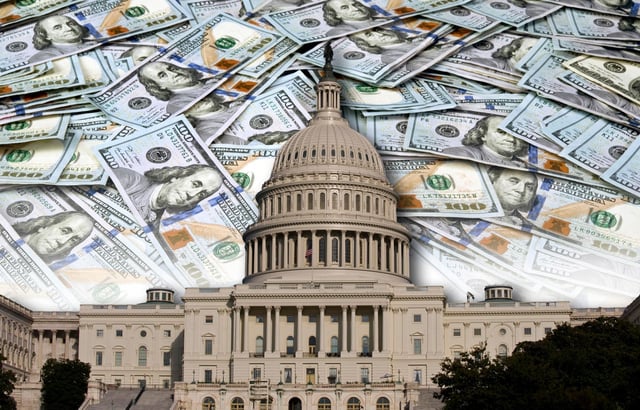Overview
- Moody’s lowered the U.S. credit rating from Aaa to Aa1, citing unsustainable deficits and rising interest burdens, completing the loss of all top-tier ratings for U.S. debt.
- Treasury yields surged, with the 30-year yield exceeding 5% and the 10-year yield near 4.5%, reflecting increased investor caution toward U.S. debt.
- Federal Reserve officials, including Vice Chair Philip Jefferson, are monitoring the downgrade's potential long-term impact on monetary policy and the economy.
- House Republicans advanced a tax-cut and spending bill projected to add over $1 trillion annually to deficits by 2034, prompting criticism from economists and the White House.
- Economists warn that rising debt and interest costs could outpace economic growth, threatening fiscal sustainability and increasing borrowing costs for consumers.



